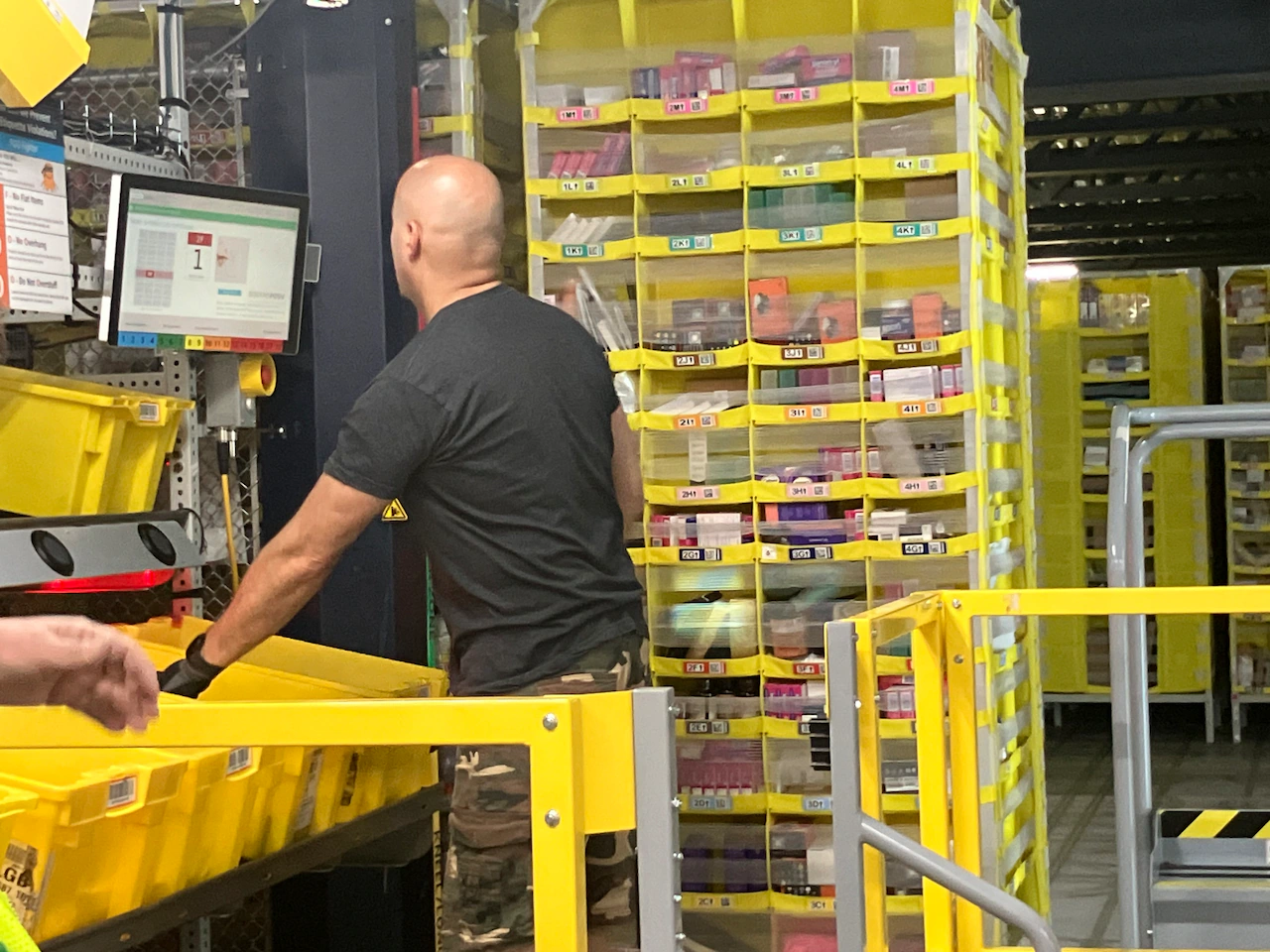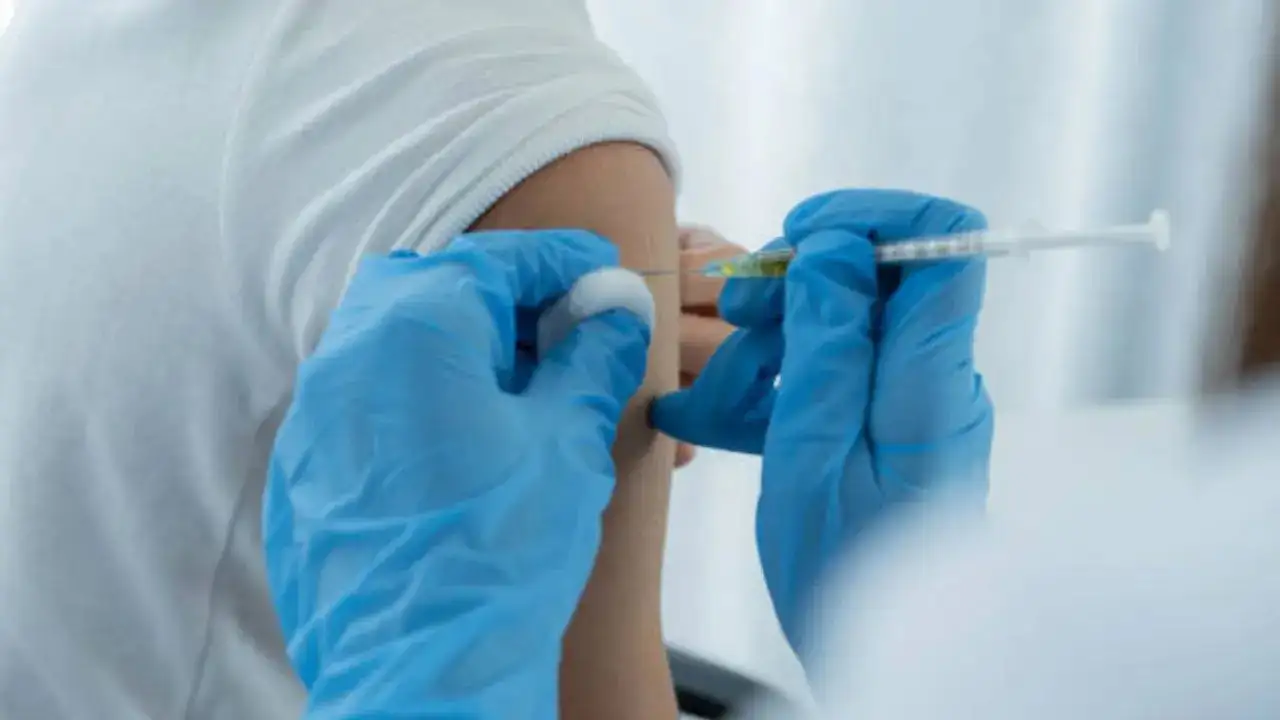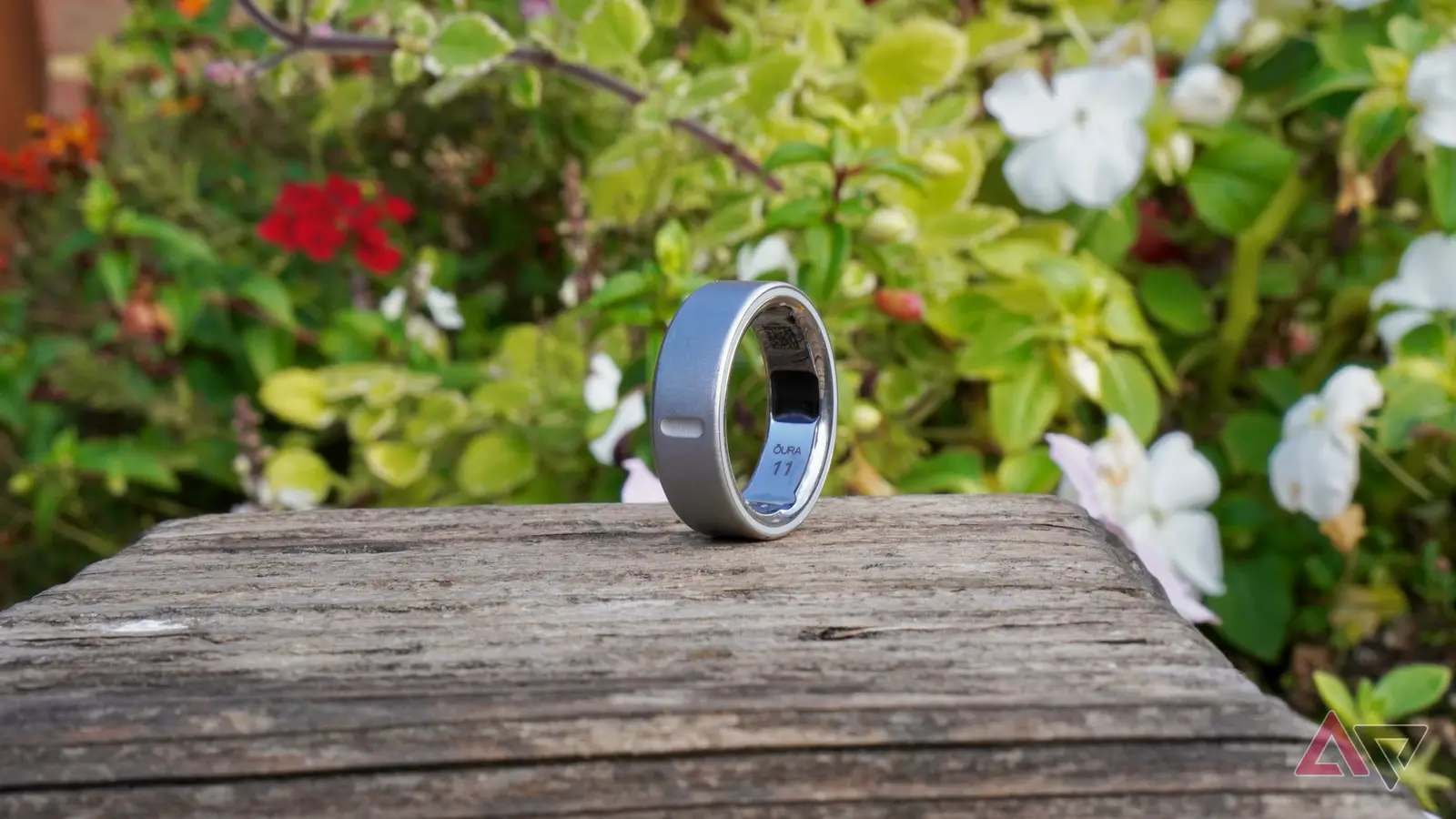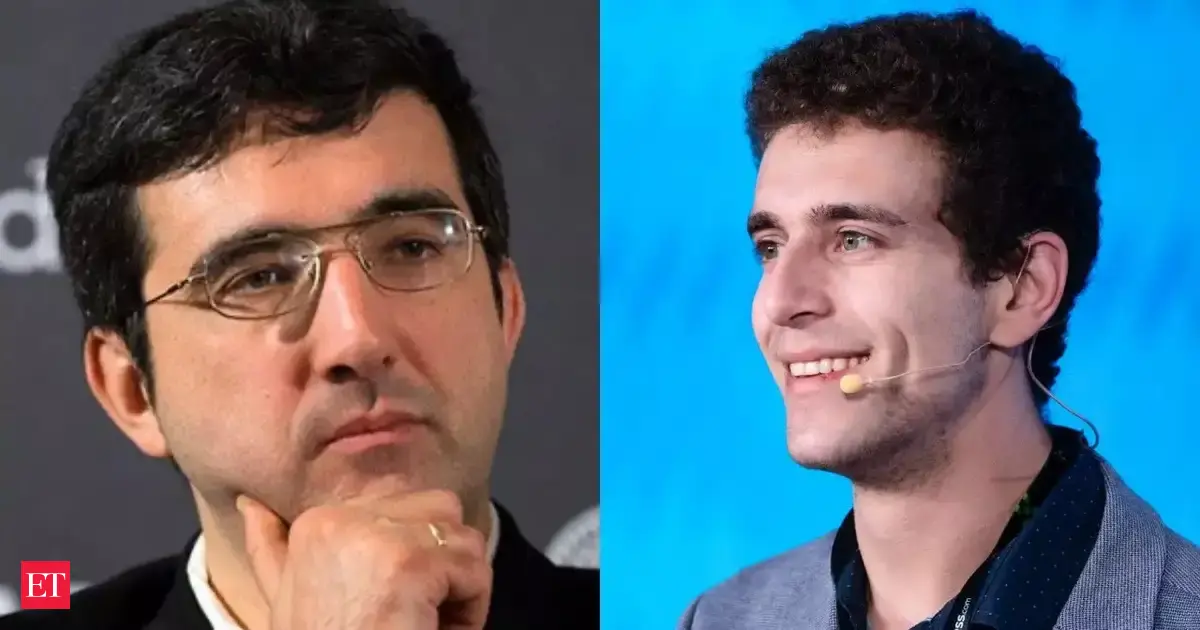Copyright Newsweek
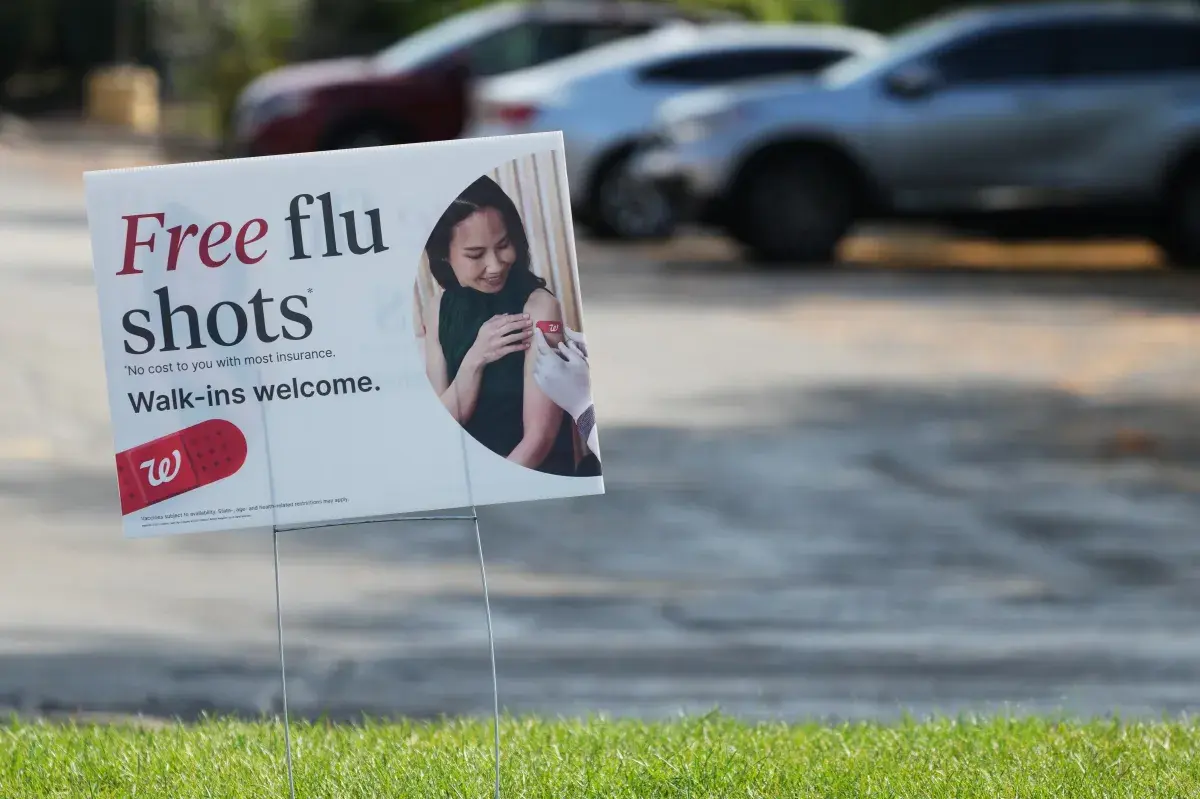
As we approach cold and flu season, the ongoing government shutdown could cause delays in disease tracking by the Centers for Disease Control and Prevention (CDC). CDC dashboards track the outbreak of contagious illnesses like the flu, COVID and RSV, and issue warnings when these illnesses are on the rise in certain regions. According the the CDC's National Wastewater Surveillance System, the weekly wastewater COVID-19 monitoring report has not been updated since September 20, 2025, two weeks before the shutdown began on October 1. Why It Matters Hospitals and health systems across the country rely on these dashboards to prepare for a large outbreak, especially as we enter the colder months of peak cold and flu season. “It allows you to see if there's an uptick in a particular area of an infectious disease, which would clue you into the fact that there are new risk factors that you need to take account of,” Epidemiologist Dr. W. Ian Lipkin told Newsweek in an interview on Wednesday. “All of this information is very helpful for public health practitioners to make decisions about how to allocate resources and whether or not those resources are used effectively.” But with the government shutdown in its fifth week, CDC dashboards are not being updated as frequently and emergency warnings are not going out. Hospitals, therefore, are not able to adequately prepare for illness spikes that may lead to capacity, staffing and other resource issues that can impact or delay care. “It's very important that we find ways to be proactive in reducing contagion and the dashboards are very helpful in tracking where things are moving,” Lipkin said. What To Know The federal government shutdown began on October 1 after Congress failed to pass a government funding bill. This resulted in the disruption of non-essential public services, including pauses in funding and federal employee salaries, the closure of national parks and administrative delays across federal agencies. Health care has also been greatly impacted by the shutdown, with delays expected during the upcoming open enrollment period and the failure to extend Medicare telehealth flexibilities, which largely hold bipartisan support. At the time of the shutdown, Deputy Secretary of Health and Human Services (HHS) Jim O'Neill said "mission-critical activities" of CDC and ATSDR to protect human life and to detect and respond to imminent disease threats will continue during the lapse in appropriations. This includes the "detection and response to urgent health threats" and "responses to reporting from state and local health agencies regarding infectious individuals intending to travel." In a statement to Newsweek Wednesday, HHS said, "The Democrat-led shutdown thwarts the CDC’s capacity to continue to publish routine flu data from its public health partners." Lipkin is currently the director of the Center for Infection and Immunity at the Mailman School of Public Health at Columbia University and has over 40 years of experience in diagnostics, microbial discovery and outbreak response. He said most of the money the CDC receives is reallocated to state and regional health departments that track diseases and provide samples that help identify what diseases are currently circulating. This includes research and disease surveillance that can determine how many people have been hospitalized or what percentage of respiratory illnesses are influenza or COVID. The CDC dashboards allow health officials to “examine the burden of disease state by state” and are “very useful for planning,” he said. With the government shutdown, the CDC cannot receive the necessary funds to operate the dashboards. For example, without this information on diseases, the CDC won’t have the necessary insight into what vaccines should be administered or whether or not they are relevant to the diseases people are facing. Amid the threat of hospital closures due to the reduction in Medicaid funding, emergency rooms will be overwhelmed. “There are many people who became very ill during the pandemic because they had things that had nothing to do with COVID,” Lipkin said. “And if you overwhelm the health care system taking care of people who are sick or trying to find ways to isolate people who are sick, you don't have the ability to take care of people who have in all the everyday things that are important that need to be addressed as well.” Lipkin added that health systems are “doing their best to soldier on” and gather health data in a timely manner, but “there isn’t enough money to do that.” He said that health systems need to continue to do disease surveillance domestically and internationally, aggregate that data and plan based on what they learned from those data. What Happens Next The delay in operations at the CDC due to the shutdown will not only impact what the U.S. is doing in the coming weeks, but it will also impact health planning around the world. Lipkin said respiratory viruses “boomerang” between the northern and southern hemispheres. "We make decisions about what vaccines we're going to use six months from now based on what's circulating in the southern hemispheres,” he said. “And they have the same relationship [with] us; they make their decisions six months in advance based on what is circulating in the northern hemispheres.” If the U.S. doesn’t keep up with the latest data or maintain vaccination programs, it will create a “very destructive cycle,” Lipkin said. The CDC is not only tracking influenza, but other diseases like measles and diphtheria and pertussis. “The government has to begin to invest again in surveillance, vaccination and in the basic science that makes it possible for us to develop the interventions, the drugs [and] the vaccines that keep us safe,” he said. “There's no alternative. If we don't do that, then we're going to be at the mercy of the submicroscopic threats. And my argument is that it's a lot easier to prevent these things from becoming devastating challenges for us than it is to try to rectify the damage.”
